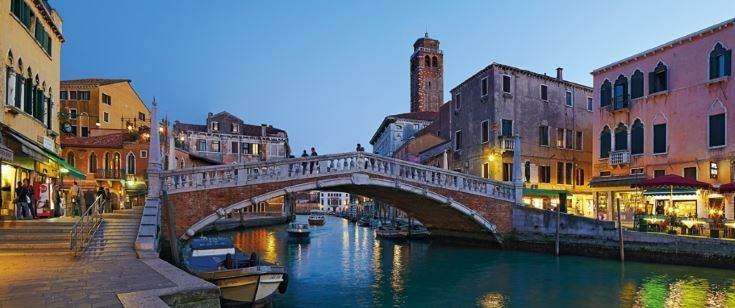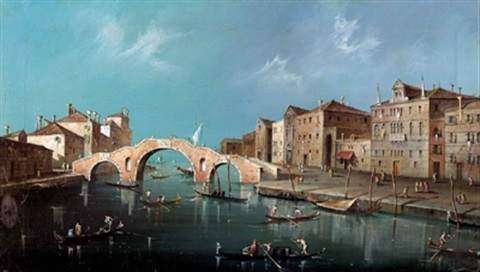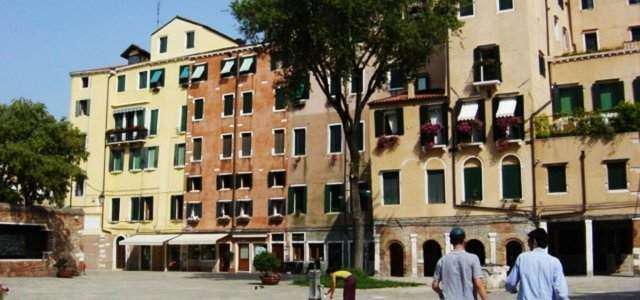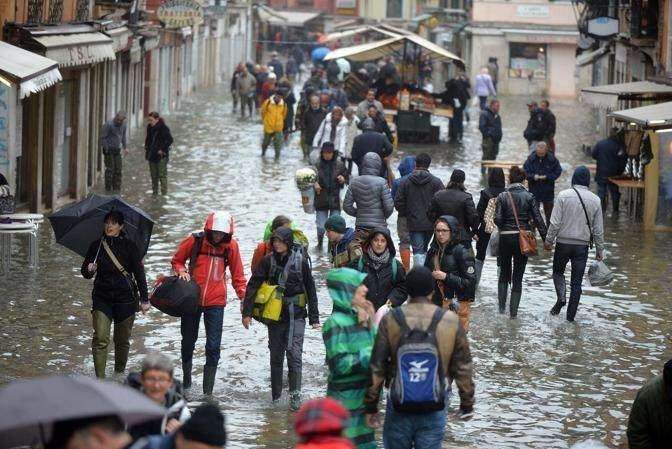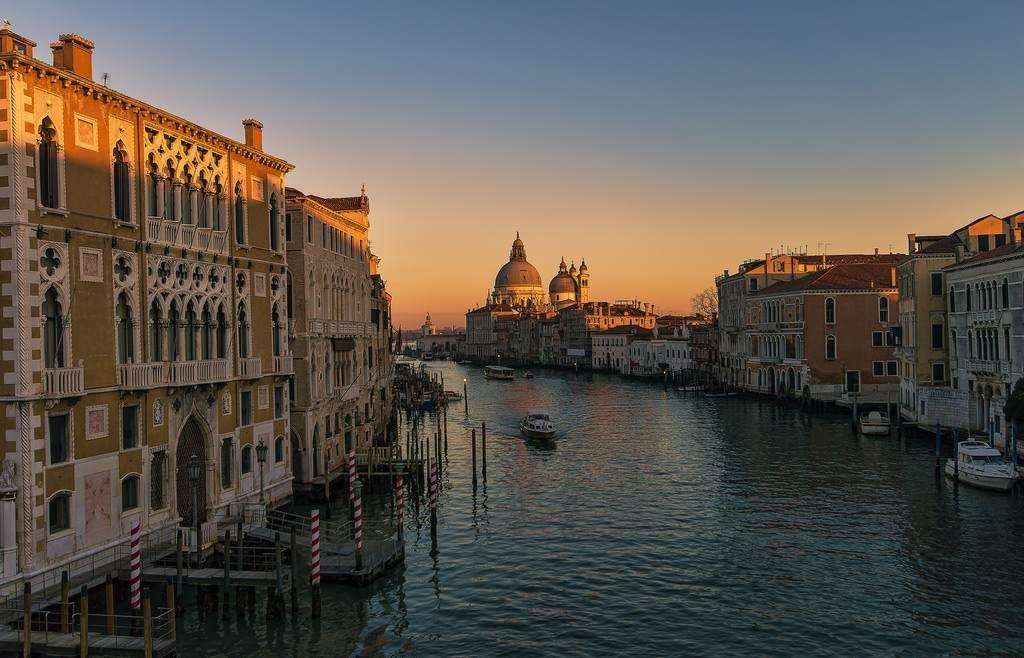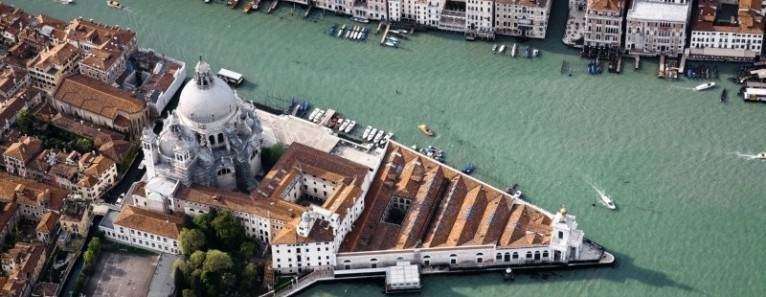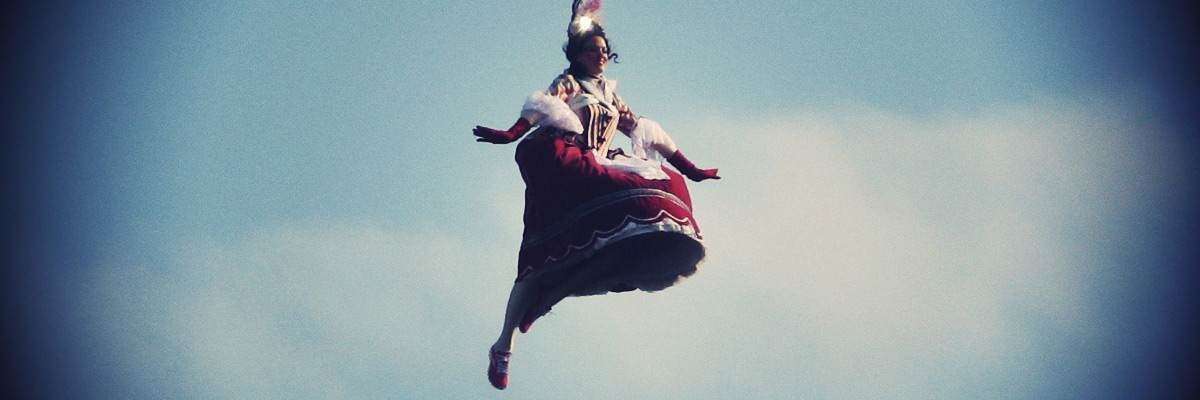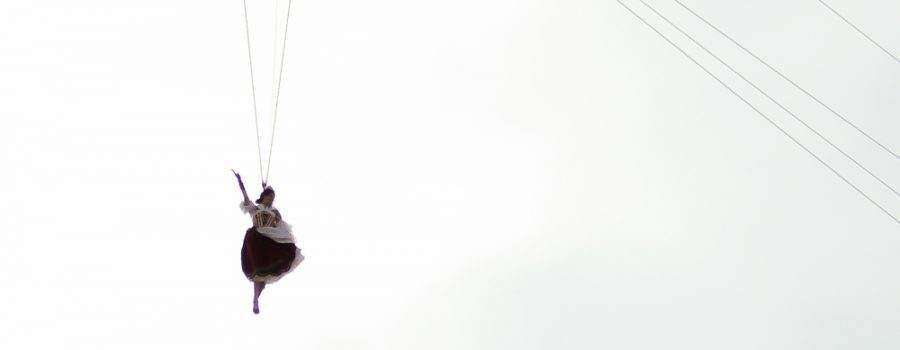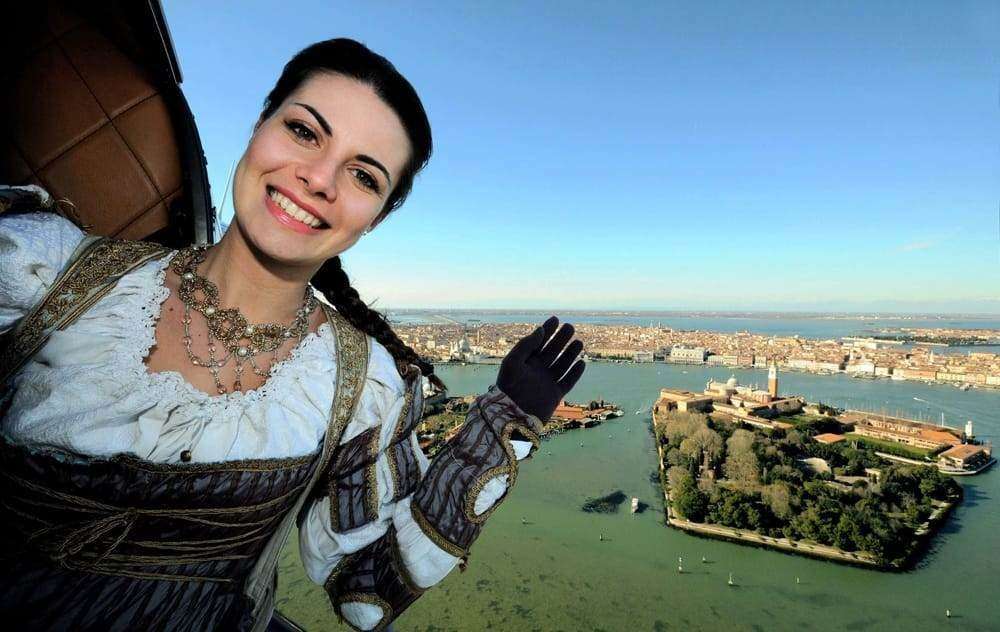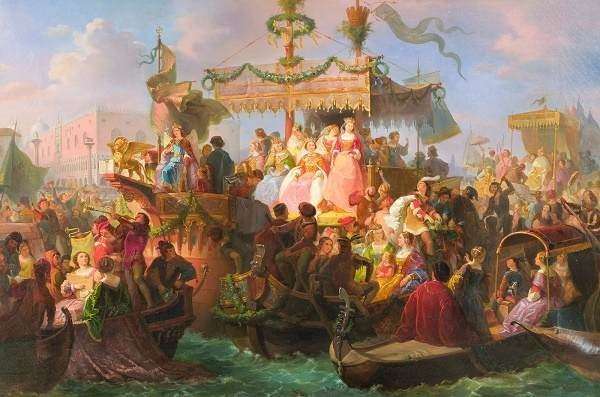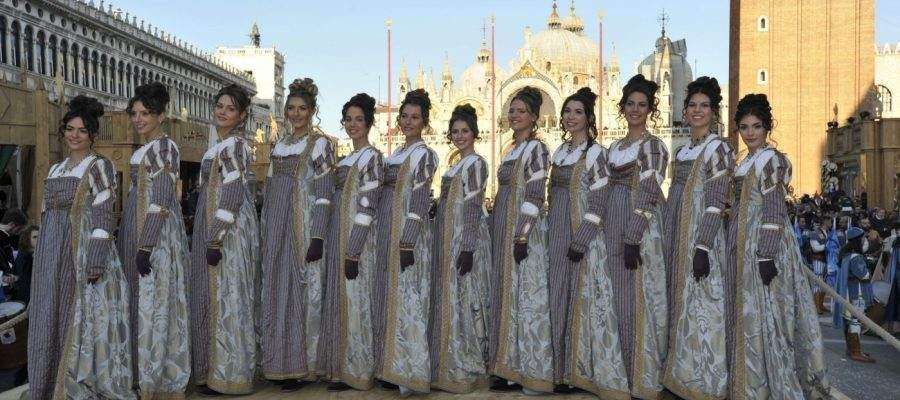Cannaregio district Venice is the largest and most populated district of Venice after Castello. Cannaregio covers most of the territory on the norther side of the Grand Canal.
The bridge of Guglie in Cannaregio
The name might recall the large cane fields present in this area when still uninhabited.
Another hypothesis, a bit less plausible, is that the name comes from the Canal Regio, referred to the canal of Cannaregio. However, it could actually be an error in some Hapsburg maps. During the Napoleon’s era, some local dignitaries as Antonio Ruzini, Niccolò Vendramin Calergi and Giovan Battista Combi called the canal Canalreggio. Due to this fact, we think that this name was already used in the 19th century and so its origin must be more ancient.
In the Cannaregio district Venice is situated the Jewish Ghetto of Venice. You can reach it walking under a sottoportico, close to the bridge of Guglie. The iron hinges of the doors, who once closed the Ghetto during the night,are still easily visible. In the Jewish Ghetto you can see 5 synagogues, a few open to the public, and the Jewish museum.
If you want to visit the Jewish Ghetto, take boat line 1 and get off at San Marcuola stop.
The main artery of the district is the large walking route that goes from Santa Lucia train station to Rialto. This route starts from Scalzi bridge and it ends in Santi Apostoli square (25 minutes). This street ,which extends for 1.5 km, is called Strada Nova but it is known with the name of Vittorio Emanuele II too.
For information, feel free to ask at the reception.
